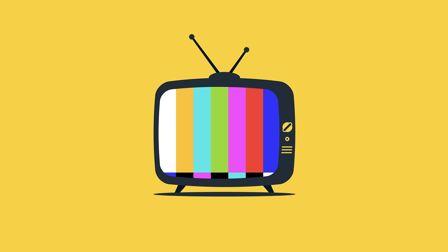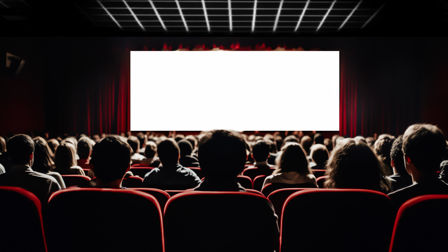Can Data Liberate Creativity?
Data & creativity may seem like polar opposite but Jaywing's chief creative director David Wood connects the dots.
There’s no getting away from it: Data is the new black. Just about every agency is clamouring to build a data science team. What’s more, data and creativity are coming together with regular new announcements as agencies seek to prove their credentials.
But creativity and data can still be an uncomfortable pairing as data isn’t the native language of creatives and is therefore often viewed with suspicion. Data science can be seen as too prescriptive, stifling instinct, gut feelings, freedom of thought and expression.

Indeed creatives may feel they get a rough ride these days. Clients are grappling with the complexity of marketing delivery, distracted from the idea by the technology requirements. And we long for the day they plump for the curveball idea; the one we know instinctively will work. But all too often, and especially in times of uncertainty, decisions are taken by committee, by people looking for the safest option. To borrow a term from the data scientists, it all tends toward the average.
Of course it isn’t really the safest option. The apparently safe option may be dull and lacking creative punch. So yes, it’s safe... if you don’t want to take a risk and stick your neck on the line. But average and unarresting creative is not really that safe commercially. By choosing the “safe” idea you may not lose, but then you’re also less likely to win too. If it doesn’t make the audience sit up, take notice and connect, it doesn’t really deliver either.
What if I told you that data science can liberate creative thinking? Would you embrace it or run for the hills?

The thing is, data really can help free up creative ideas. And I say this as an out-and-out creative, albeit one that works with a large team of data scientists. We’re using neuroscience techniques, statistical analysis and sophisticated big data environments to measure, evaluate and predict emotional responses to marketing stimuli. I’m talking about creative in its broadest sense, not just advertising.
Building a framework based on millions of data points produced by our bodies and brains when exposed to different creative treatments means you have scientific evidence of how to reproduce emotions in different people.
There is a lot of talk of emotion tracking right now, but this isn’t the pursuit of a quick gimmick. Humans are complex beasts and while we understand a lot about the human condition these days, to do this and be confident in the outcome means proper scientific method and research.
TED has also held a series of talks on connecting the topic of data and creativity, including Tom Wujec's session below:
It’s effort worth putting in though. If you could provide greater assurances, your bold ideas will work, backed by science, that in turn would give your clients the opportunity to take braver creative decisions with confidence that they will deliver commercially.
This is such a hot topic that it’s important to beware the science though; be sure you can trust the credentials. The coming together of disciplines - true collaboration - delivers unique innovation and we’re in a truly great place in our field right now. Personally, I’ve learned to embrace data science. I understand its place in the creative world and I’m excited by what’s to come.
Connections
powered by
- Agency Jaywing
- Chief Creative Director David Wood
Unlock this information and more with a Source membership.







 Membership
Membership



